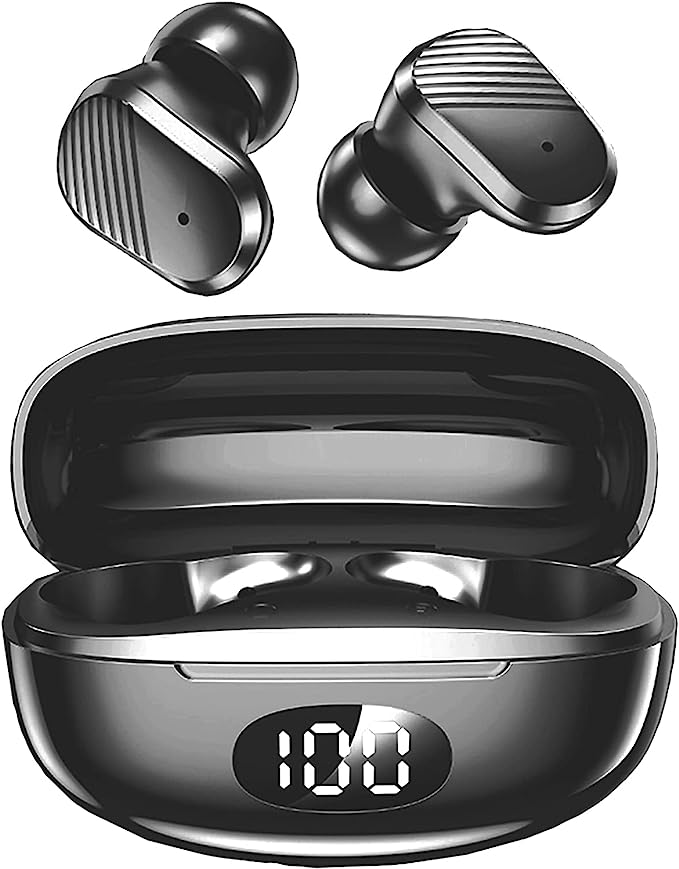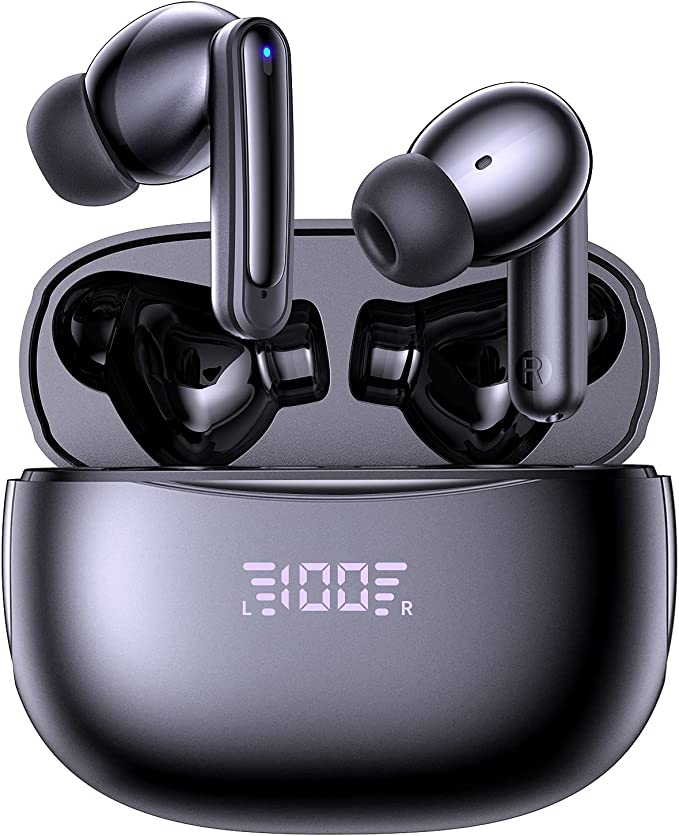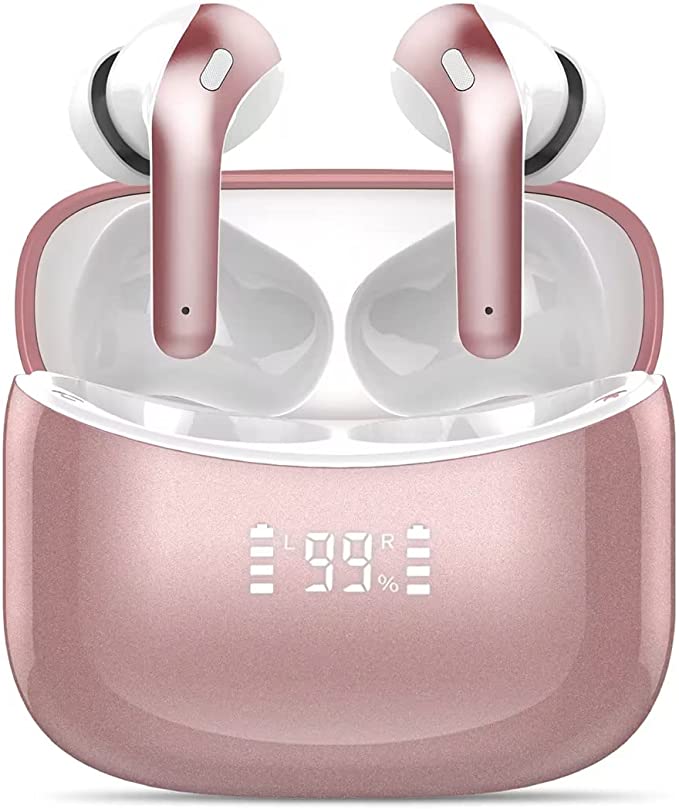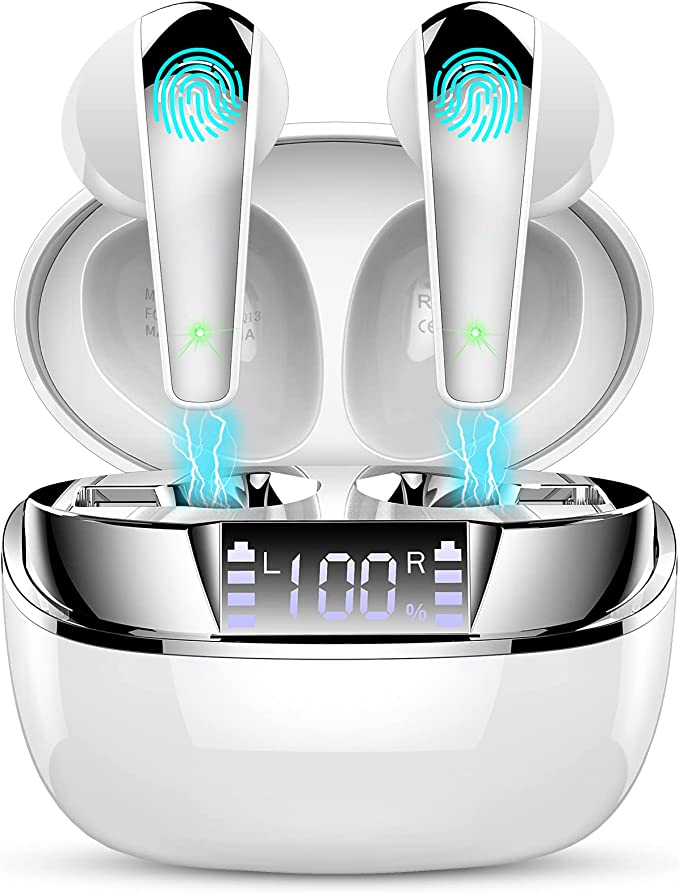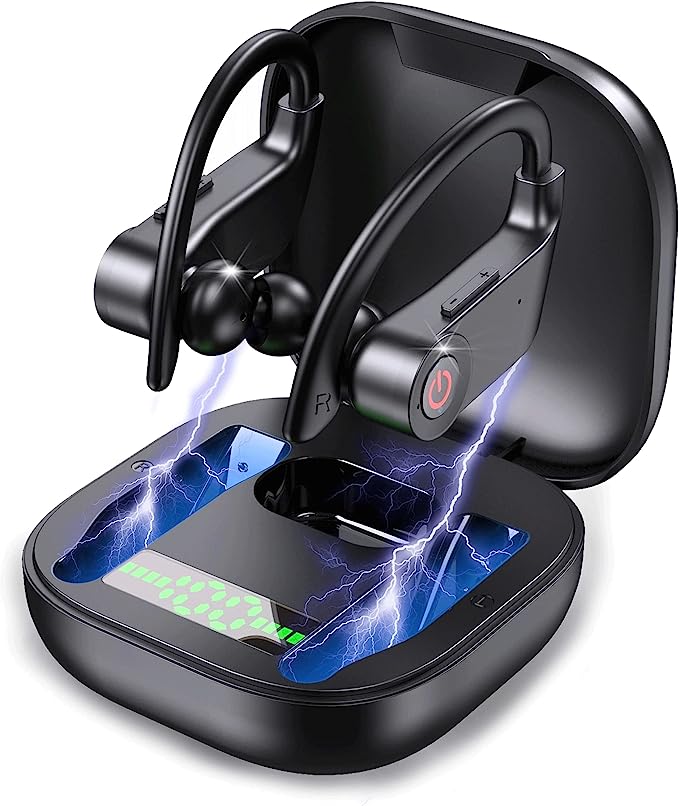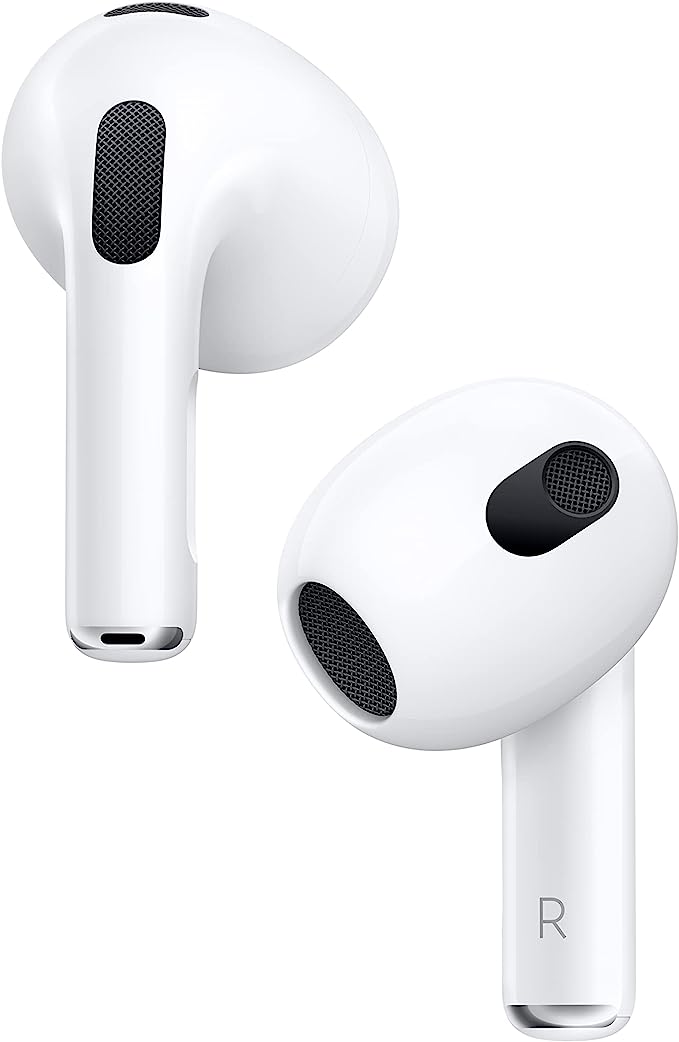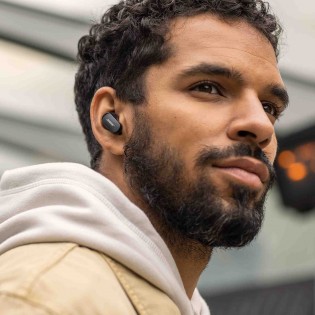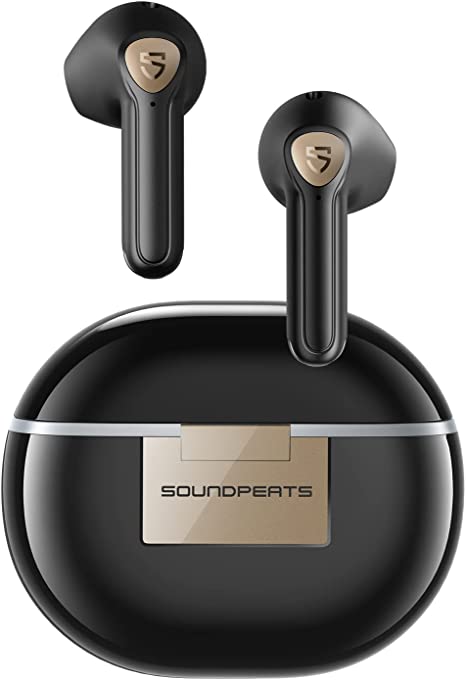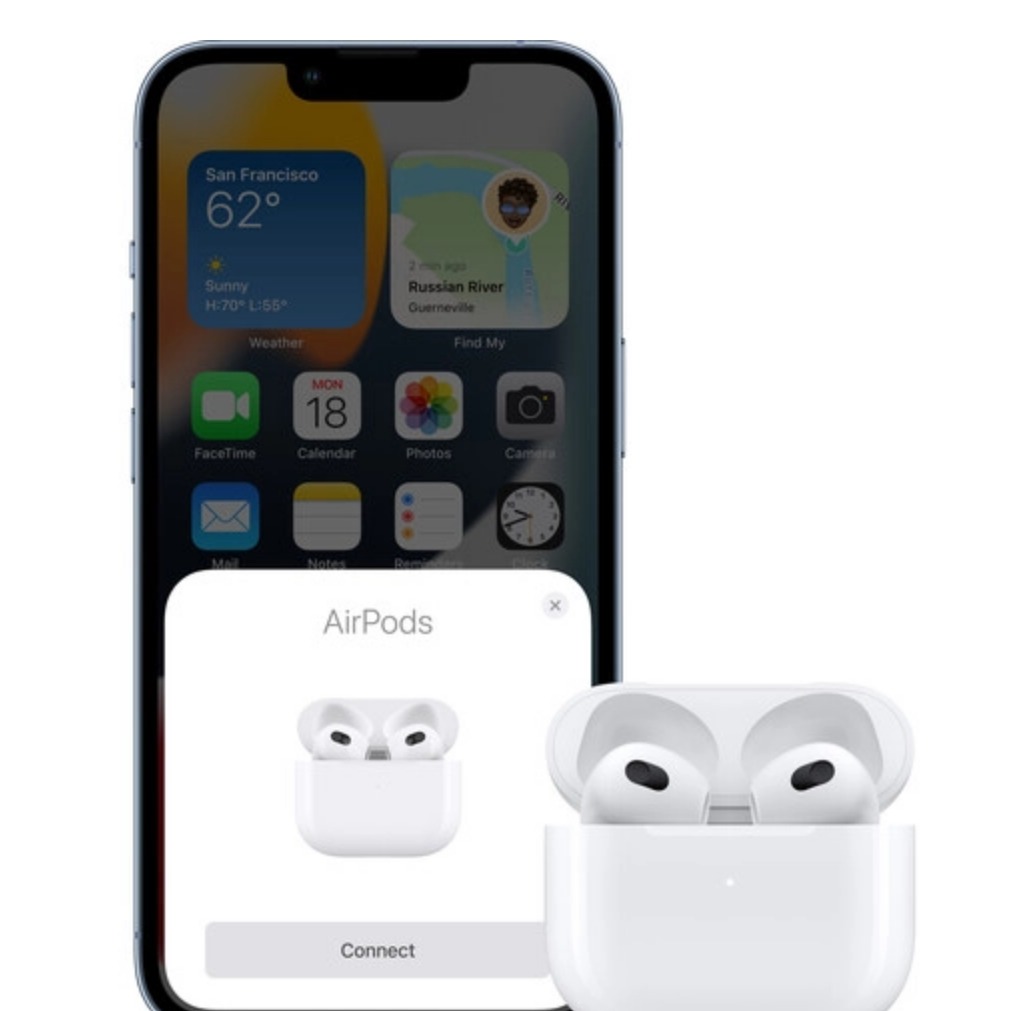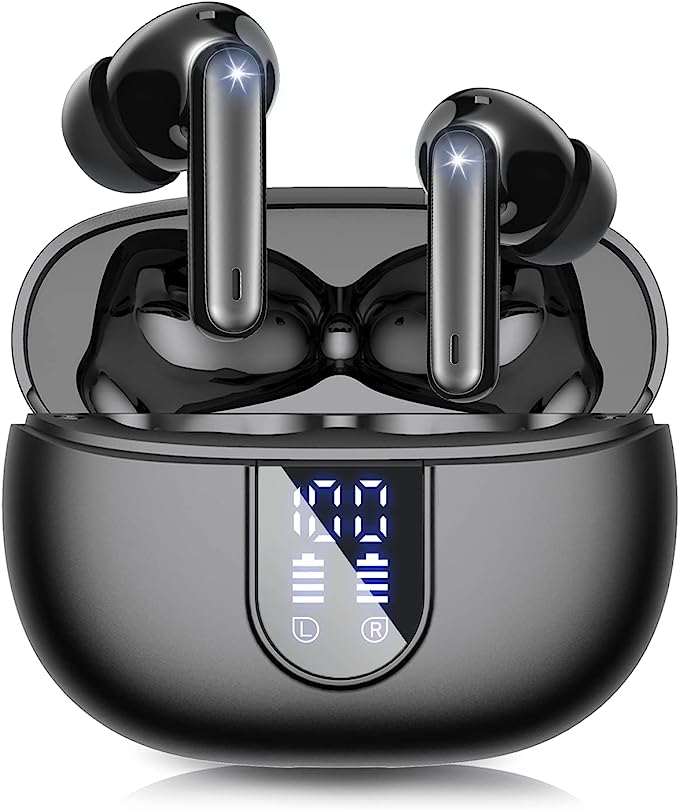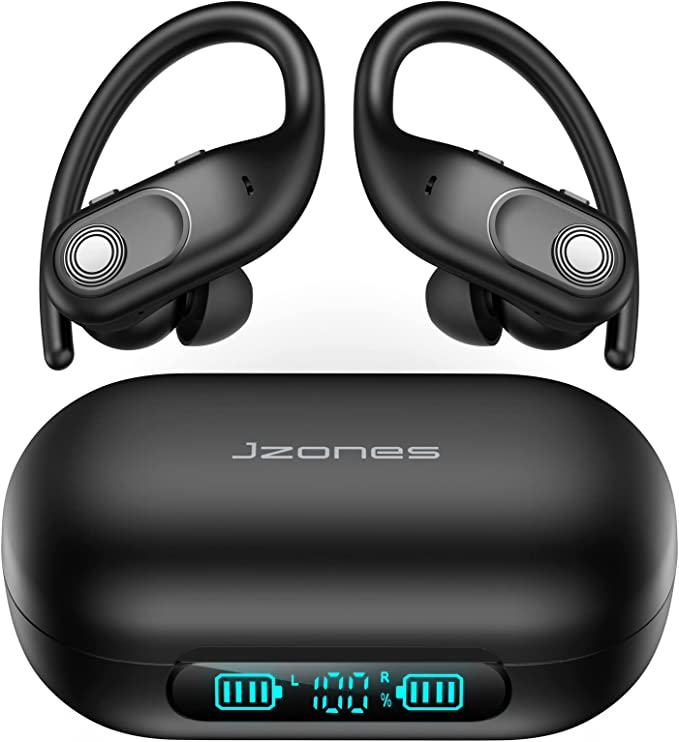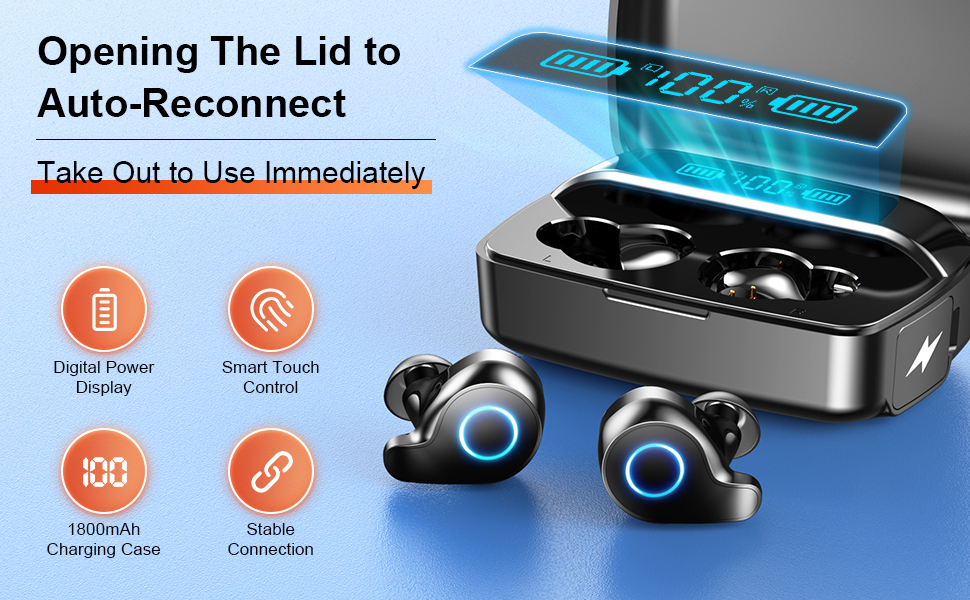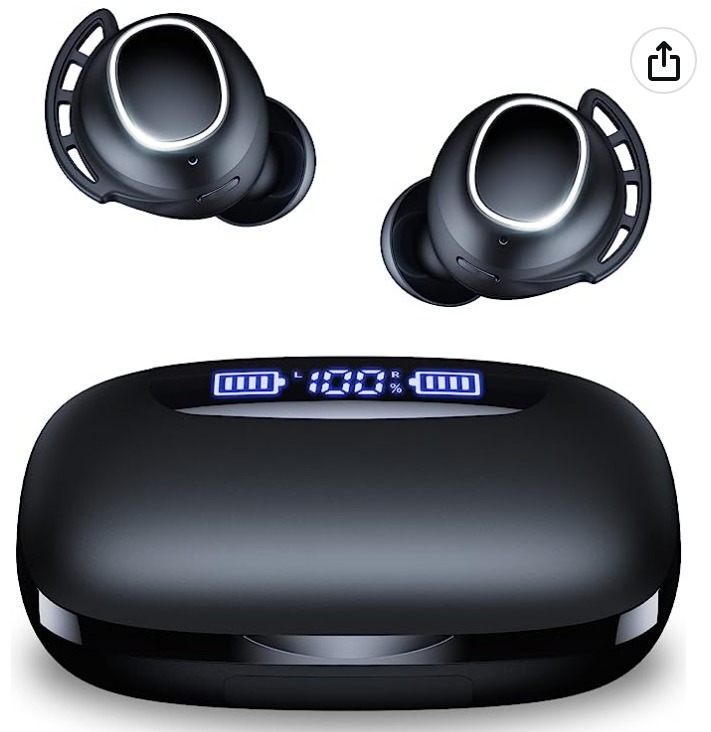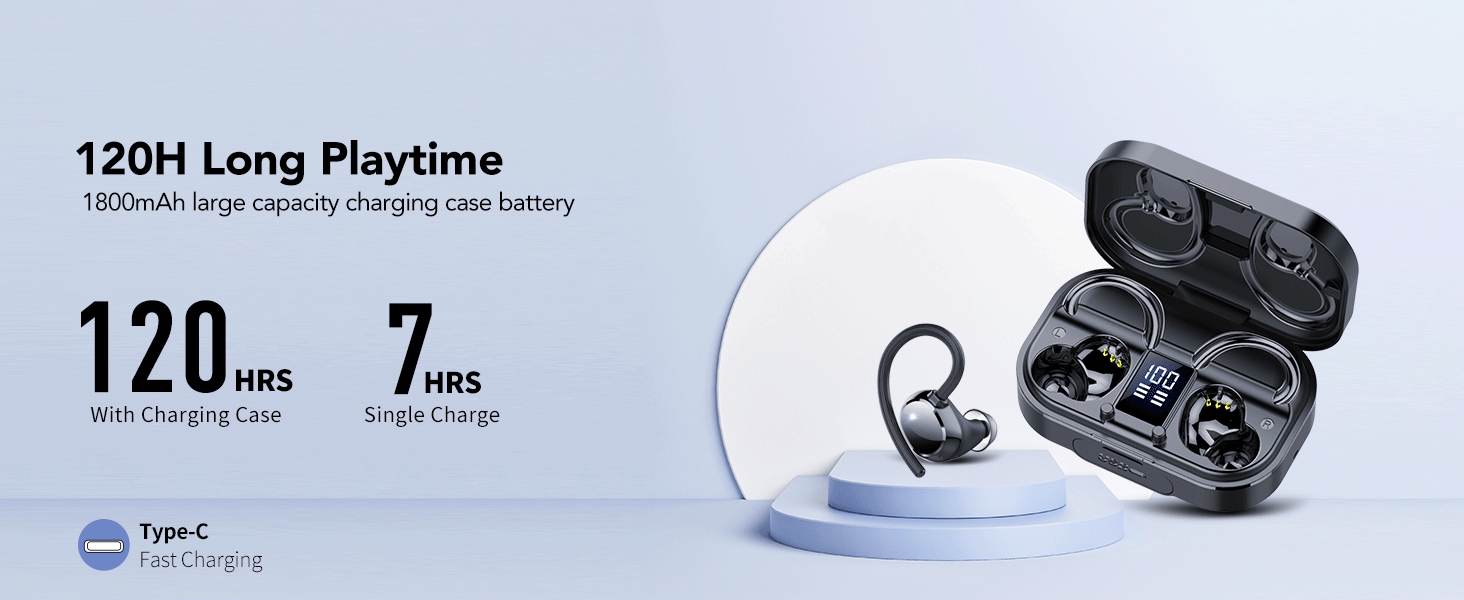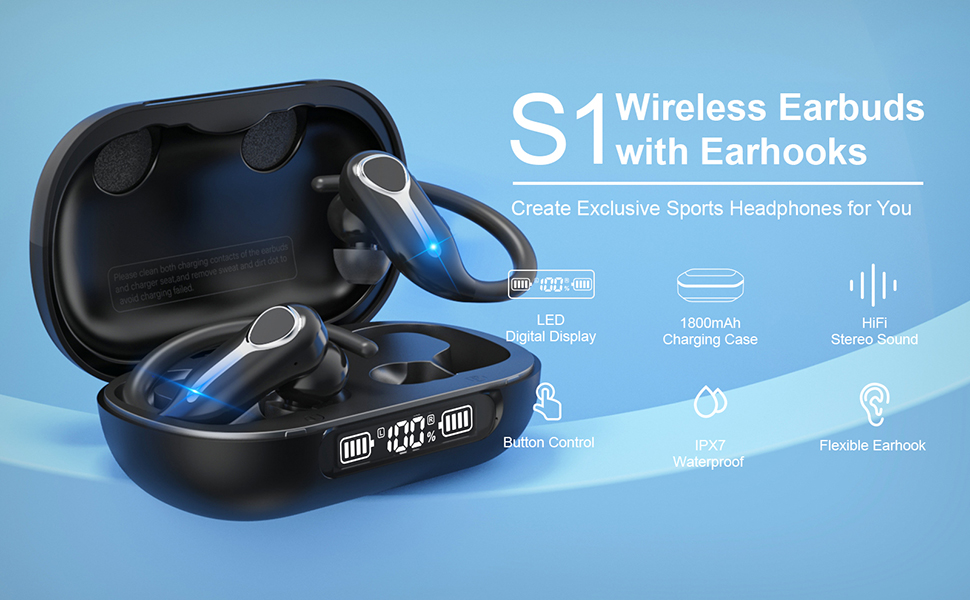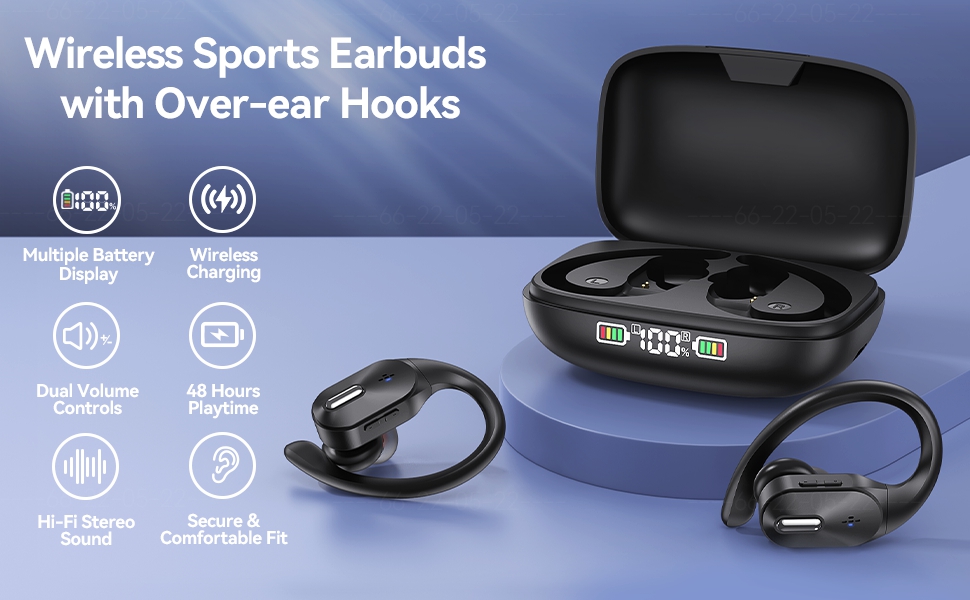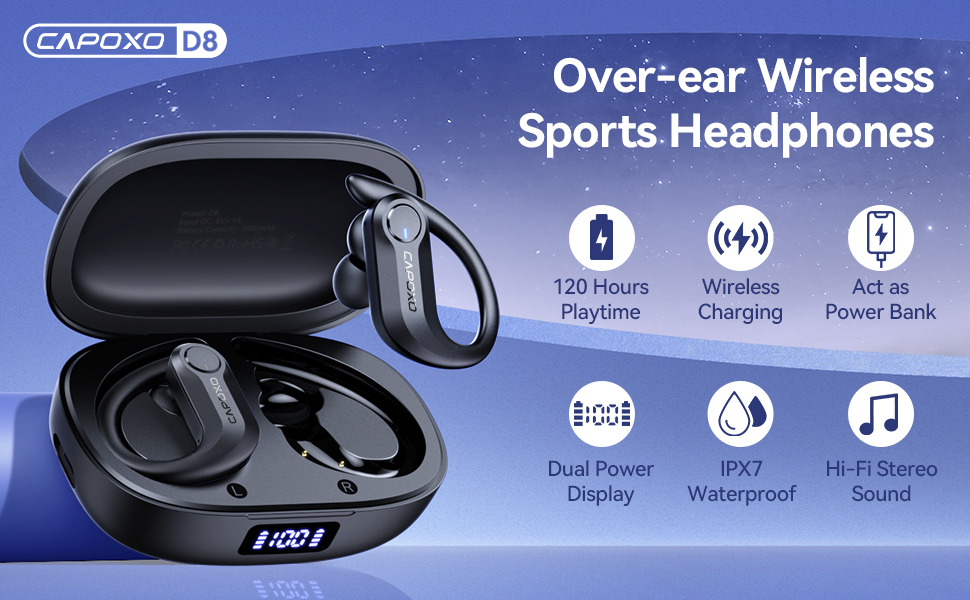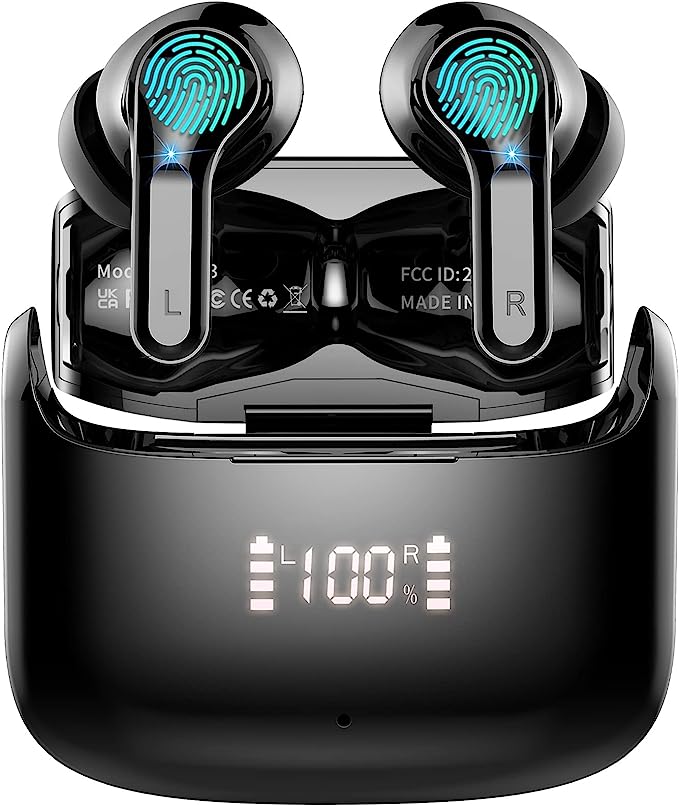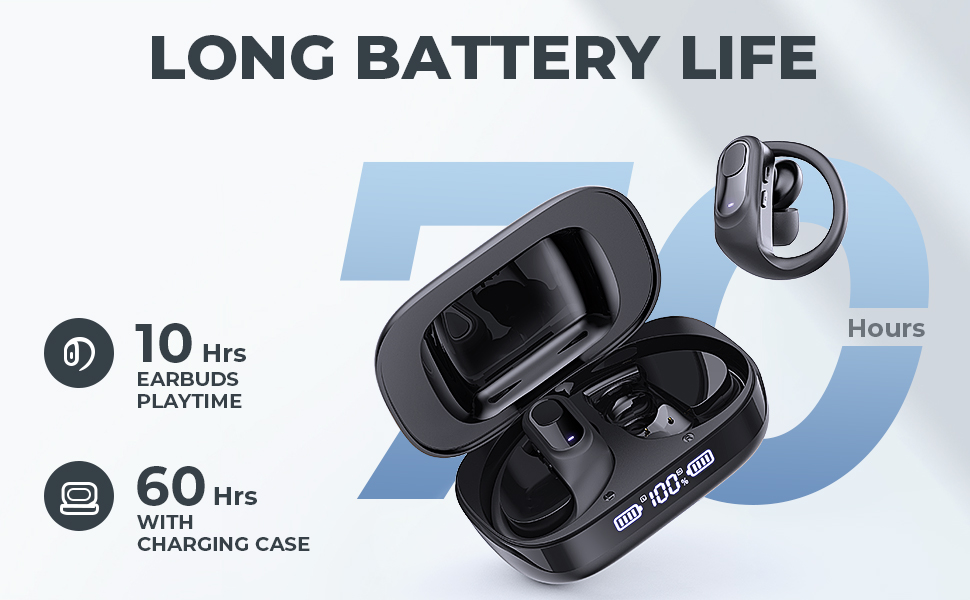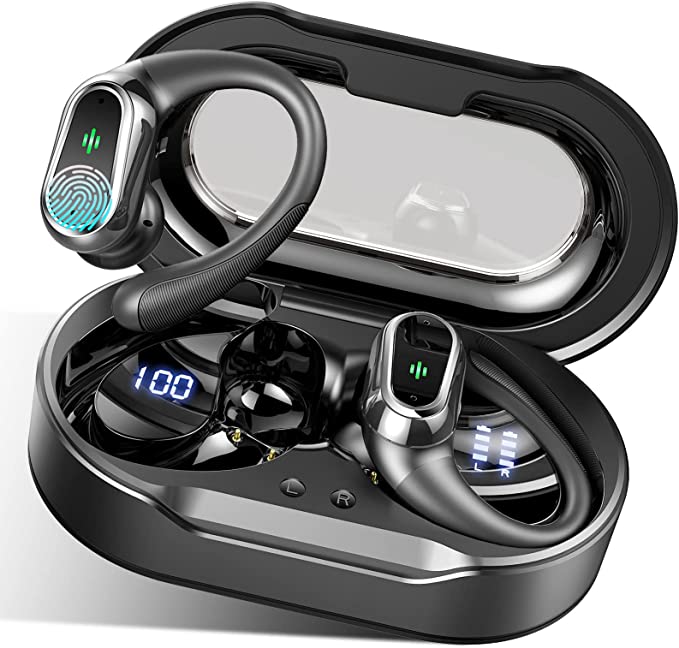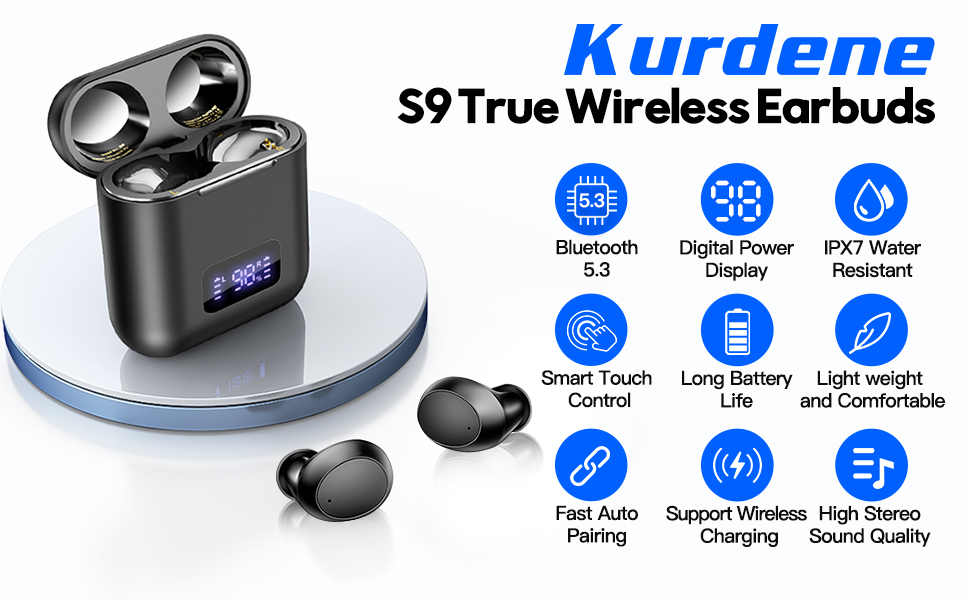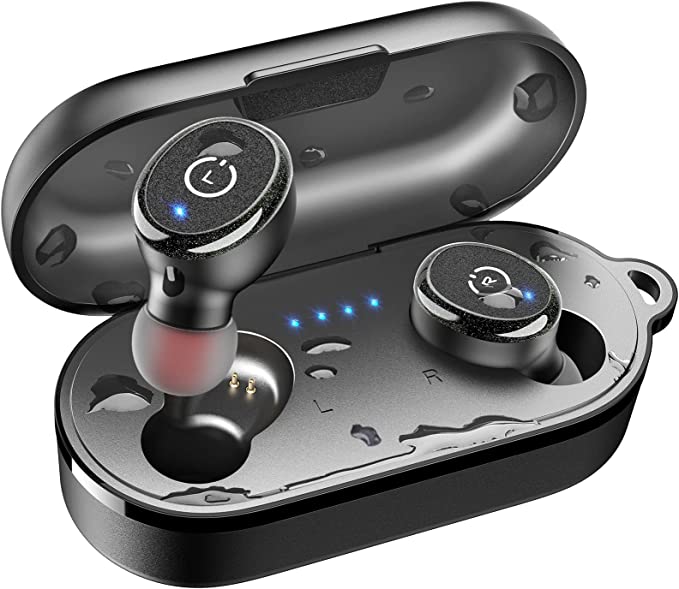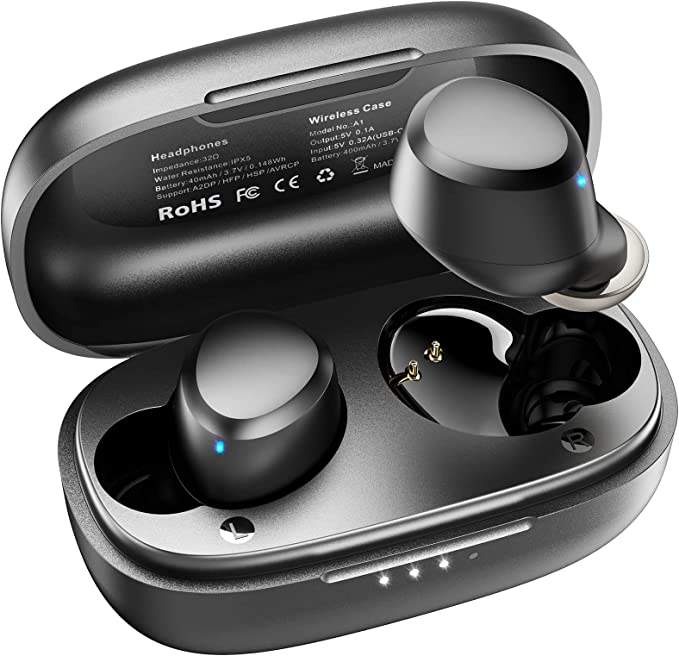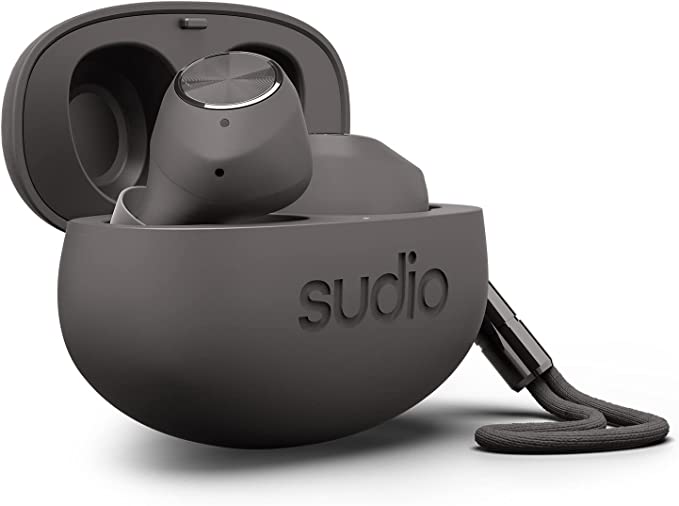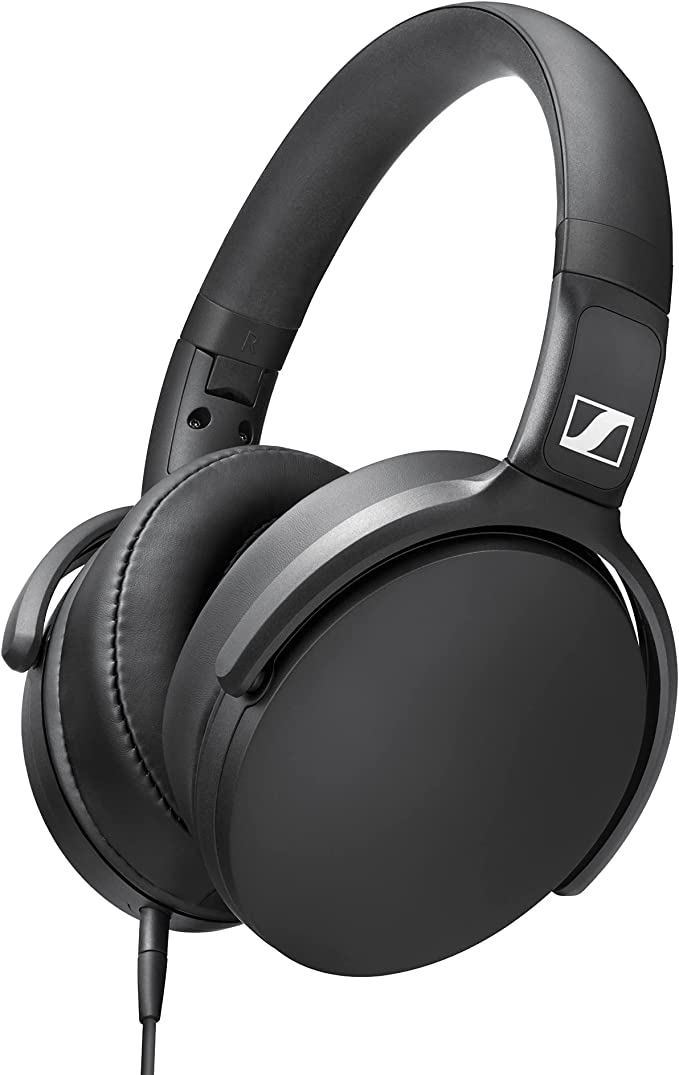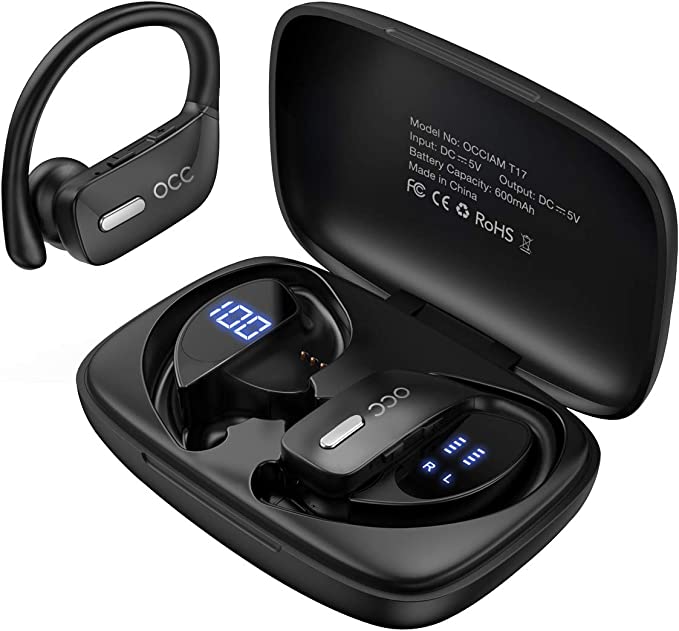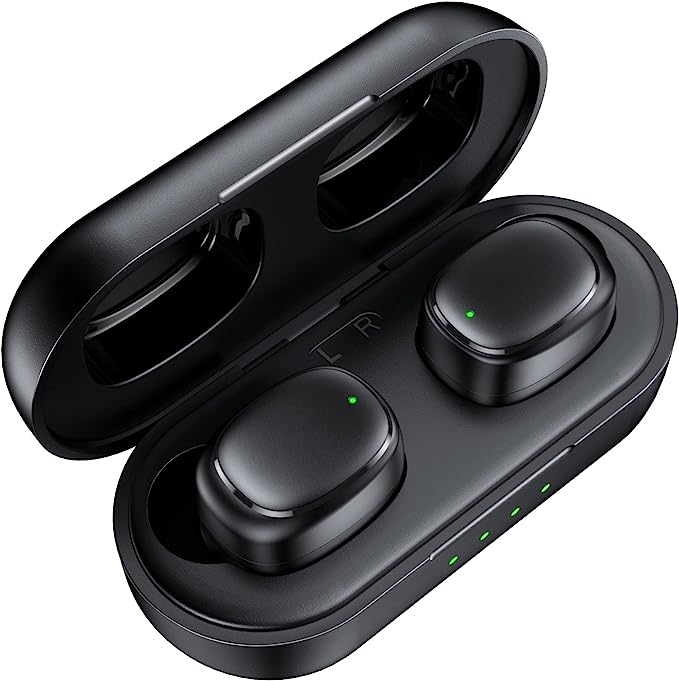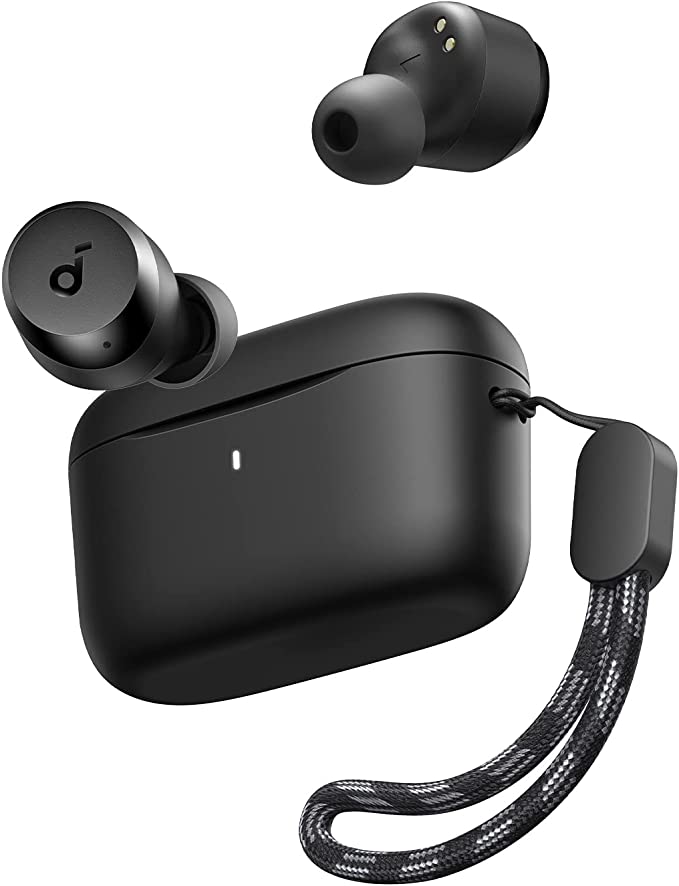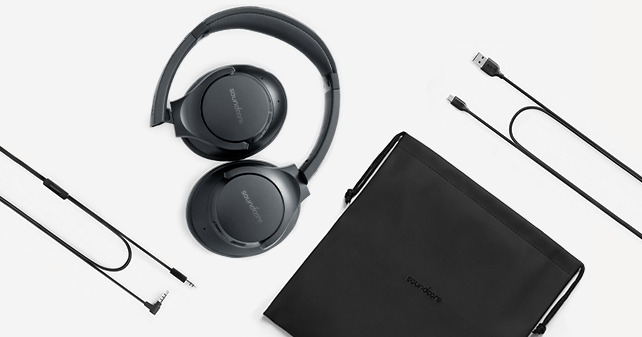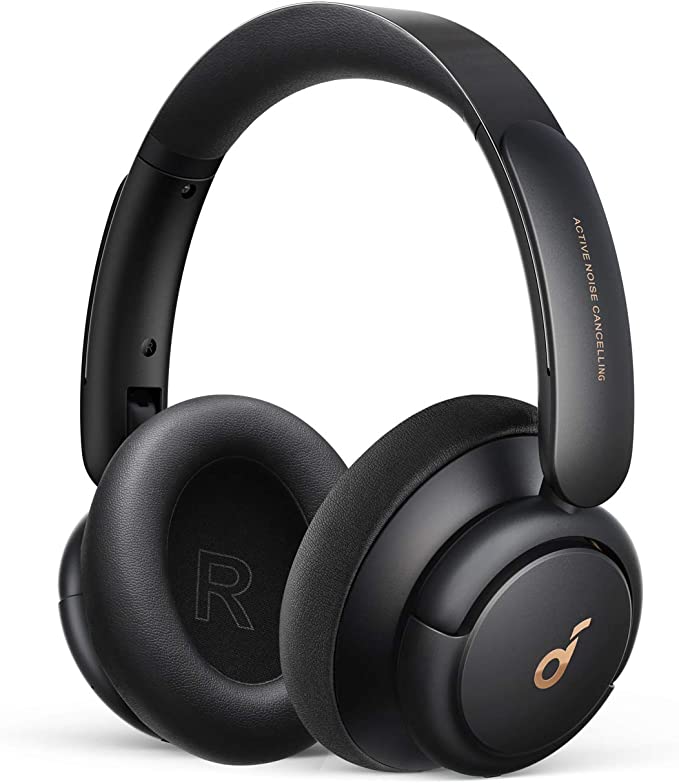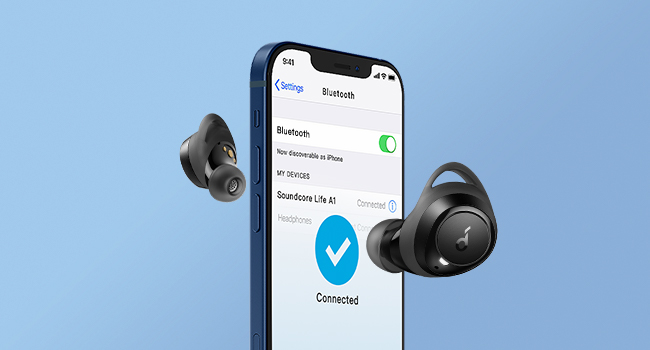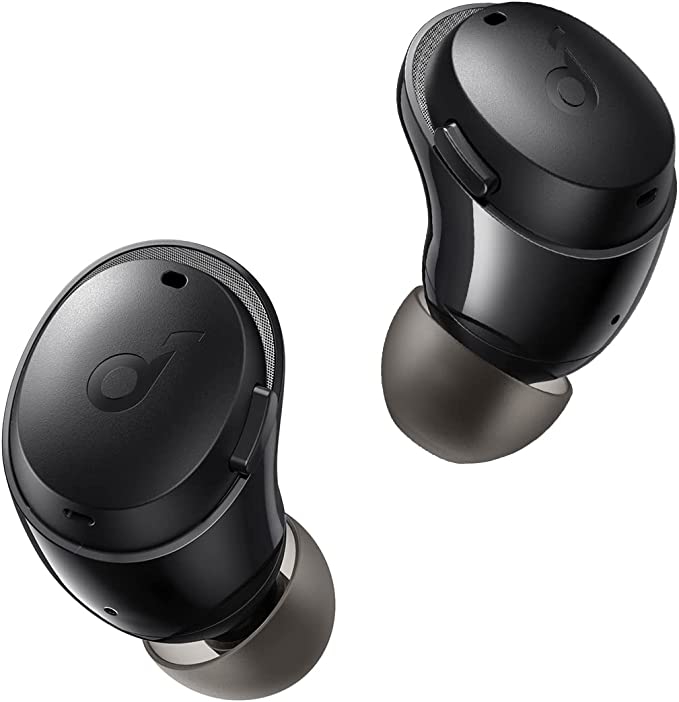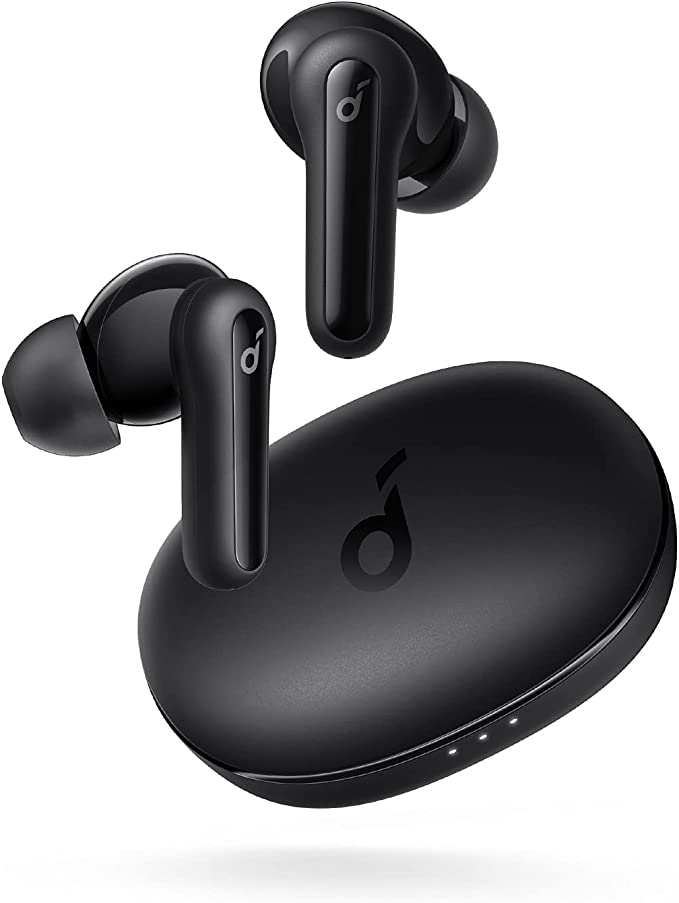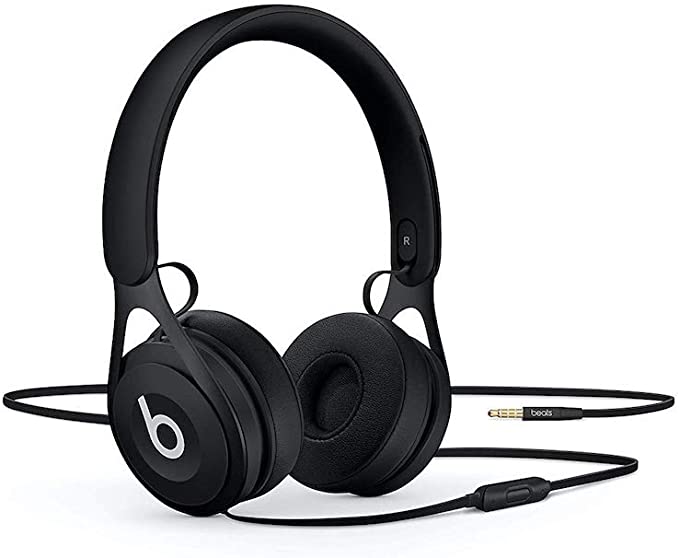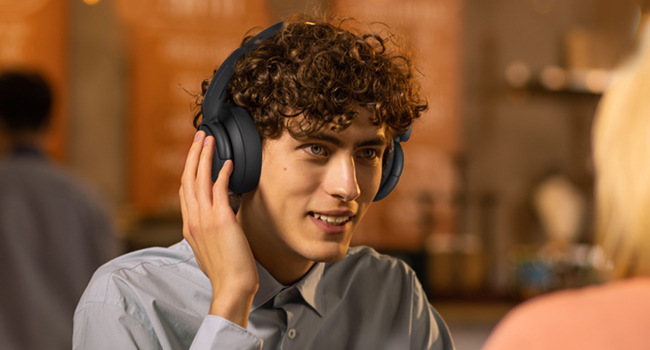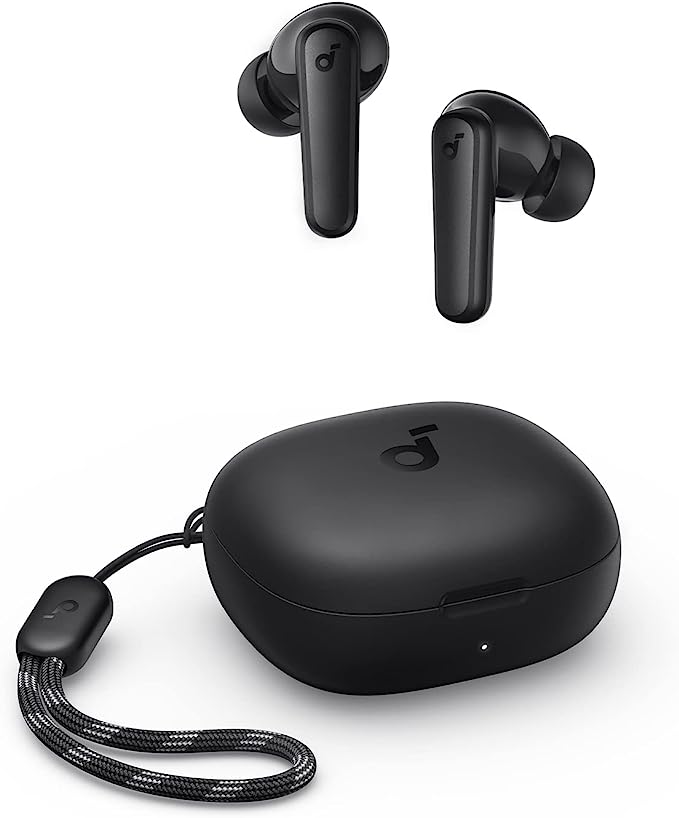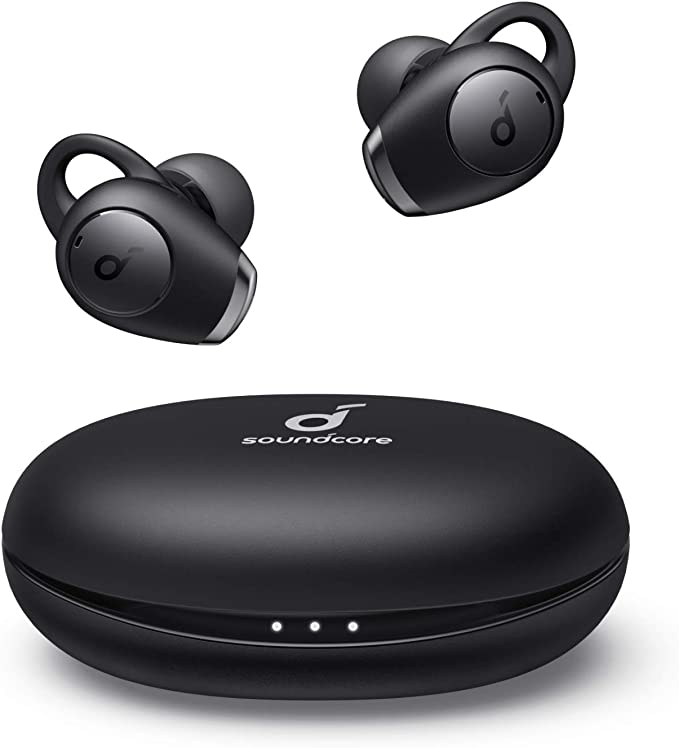RAVIAD P10 Wireless Earbuds - A Budget-Friendly Option with Impressive Features
Update on June 20, 2025, 8:37 a.m.
In our hyper-connected world, wireless earbuds have become almost an extension of ourselves – tiny companions piping music, podcasts, and important calls directly into our ears. They seem so simple, so effortless. But beneath their sleek exteriors lies a fascinating tapestry of scientific principles and engineering marvels. Today, we’ll use the RAVIAD P10 Wireless Earbuds as our lens to explore this everyday science, demystifying the technology that makes these compact powerhouses tick. Prepare to be a little amazed by the ingenuity packed into something you might just take for granted.
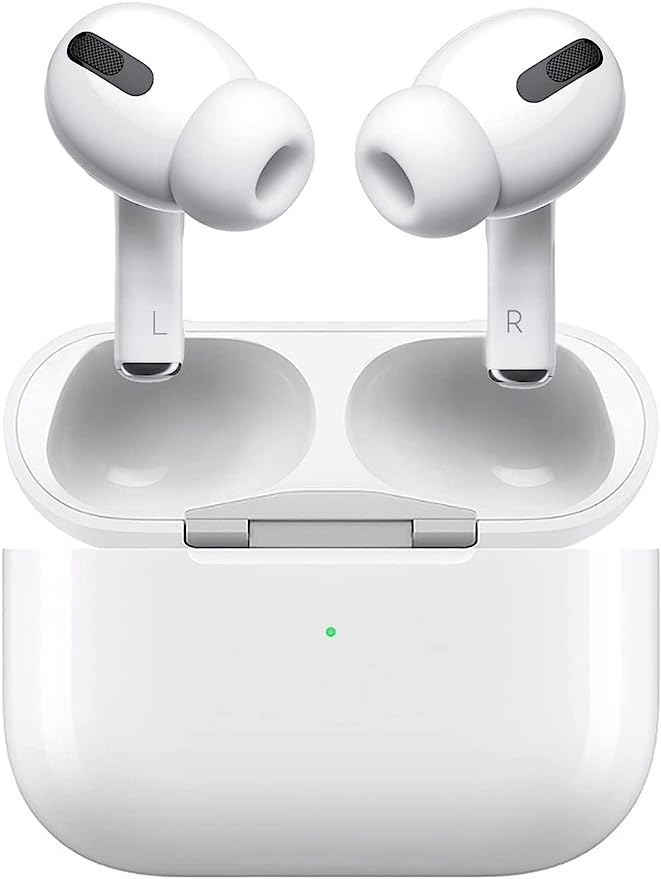
The Invisible Handshake: Decoding Bluetooth 5.2’s Wireless Magic
At the very heart of any wireless earbud experience is the connection itself, and for the RAVIAD P10, this is orchestrated by Bluetooth 5.2. Now, “Bluetooth” is a term we hear all the time, but what does it really mean, and what makes version 5.2 noteworthy? Think of Bluetooth technology as a sophisticated, invisible, multi-lane highway constantly ferrying data between your phone (or other device) and your earbuds. It’s a wireless communication standard that allows devices to “talk” to each other over short distances using radio waves.
The “5.2” signifies a more recent evolution of this standard, bringing tangible improvements over its predecessors. While the Bluetooth Special Interest Group (SIG) – the organization that oversees the standard – details many technical enhancements, for the end-user this generally translates to a more robust and efficient connection. The RAVIAD P10 description mentions an “advanced Bluetooth 5.2 chip” aiming for “more stable and faster transmission speeds.” This is achieved through clever techniques. For instance, Bluetooth devices don’t just stick to one radio frequency; they rapidly “hop” between dozens of channels many times per second – a technique called Frequency Hopping Spread Spectrum (FHSS). This makes the connection resilient to interference, much like skillfully navigating a crowded room to maintain a clear conversation.
When RAVIAD mentions “easier pairing,” it’s thanks to how Bluetooth devices remember each other. After the initial setup, your earbuds and phone store each other’s digital handshake, allowing them to “automatically connect” almost instantly the next time they’re in range. The “dual-channel transmission” often alluded to with modern True Wireless Stereo (TWS) earbuds means that each earbud can establish its own independent connection to the source device, or maintain a highly synchronized link between themselves, further enhancing stability and reducing the chances of one earbud lagging behind the other.
User Impact: For you, this complex dance of radio waves and data packets means fewer frustrating audio dropouts, a more reliable connection even in areas with many wireless signals, and that seamless experience of your music or call just working when you pop the earbuds in.
Crafting Your Personal Soundscape: The Art and Science of 14mm Drivers
Once the signal arrives, how does it become sound? This is where the audio drivers come into play – the unsung heroes of your listening experience. The RAVIAD P10 earbuds feature 14mm drivers. But what is a driver, and why does its size matter?
Science Insight: An audio driver is essentially a miniature loudspeaker, precision-engineered to fit within the tiny confines of an earbud. It works by converting the electrical audio signal sent from your device back into physical sound waves. A key component is the diaphragm, a thin membrane that vibrates rapidly in response to the electrical signal. These vibrations push and pull the air, creating pressure waves that your eardrums perceive as sound.
The “14mm” refers to the diameter of this diaphragm. In general, a larger diaphragm has more surface area, allowing it to move a greater volume of air with each vibration. This physical characteristic is particularly beneficial for reproducing lower frequency sounds – the bass and mid-tones that give music its warmth and fullness. So, when RAVIAD claims their 14mm drivers “boost quality sound with deep bass and mids at optimal levels,” the driver size provides a physical basis for that potential. It’s not an absolute guarantee of specific sound quality (which is also highly dependent on tuning, enclosure design, and even the shape of your ear canal), but it’s a fundamental building block.
The mention of “impressive Hi-Fi stereo sound” touches on two important concepts. “Hi-Fi” or High Fidelity, in its truest sense, means the sound reproduction is extremely faithful to the original recording, with minimal distortion or alteration. “Stereo” sound, of course, means there are two independent audio channels (left and right), which creates a sense of space and directionality, making you “feel like an immersive concert.”
User Impact: The goal here is a more engaging, rich, and potentially more powerful listening experience. Whether it’s the thumping bassline in your favorite track or the subtle nuances in a classical piece, the drivers are working hard to bring that audio to life.
Clear Words Amidst the Noise: The Technology Behind Better Calls
Wireless earbuds aren’t just for music; they’re vital communication tools. But making your voice heard clearly, especially when you’re not in a quiet room, can be a challenge. The RAVIAD P10 earbuds incorporate a “built-in mic in each wireless earbud” and utilize “call noise cancellation to ensure clear and realistic sound.”
Science Insight: It’s important to understand that “call noise cancellation” here primarily refers to technology that cleans up the audio your microphone sends to the person on the other end of the call, rather than Active Noise Cancellation (ANC) which silences your surrounding environment for you. When you speak, the microphones in the earbuds pick up your voice, but they also capture all the ambient sounds – traffic, chatter, wind. Call noise cancellation employs sophisticated algorithms. These digital signal processing (DSP) techniques are designed to distinguish the characteristics of human speech from other types of noise. They might analyze frequency patterns, the consistency of sounds, or even use multiple microphones to infer the direction of your voice versus background noise (a technique sometimes related to beamforming). Once identified, the algorithm works to reduce the level of those unwanted sounds while trying to keep your voice clear and prominent.
User Impact: This means the person you’re speaking with is more likely to hear you, and not the cacophony of the coffee shop or the street you’re walking down. It leads to less “Can you repeat that?” and more effective communication.
Ready for Life’s Splashes (and Sweat): Understanding IPX7 Waterproofing
Life happens, and sometimes that involves water – whether it’s a sweaty workout, a sudden downpour, or an accidental splash. This is where an Ingress Protection (IP) rating becomes important. The RAVIAD P10 earbuds boast an IPX7-rated protection.
Science Insight: Let’s break down that code. “IP” stands for Ingress Protection, a standard defined by the International Electrotechnical Commission (IEC 60529). The first digit after IP refers to protection against solid particles (like dust). In “IPX7,” the “X” means that no specific rating for dust protection is being claimed or provided by the manufacturer for this particular aspect. The second digit, the “7” in this case, is crucial for liquid protection. An IPX7 rating signifies that the device is protected against the effects of temporary immersion in water under specific conditions: up to 1 meter in depth for a maximum of 30 minutes. This level of protection is typically achieved through a combination of tightly sealed casings and special nano-coatings applied to the internal components, which repel water.
For the RAVIAD P10 earbuds, this IPX7 rating “prevents ordinary splashing water and rain.” It’s a valuable feature for active users. However, it’s vital to heed RAVIAD’s important note: “The charging case is not waterproof.” So, while the earbuds themselves can handle a bit of moisture, the case needs to be kept dry.
User Impact: This rating gives you the confidence to wear your earbuds during intense exercise without worrying about sweat damage, or if you get caught in an unexpected light rain shower while out for a run. Just remember to dry them thoroughly before placing them back in the non-waterproof case!
Power Through Your Day, Light as a Feather: Battery Life and Ergonomic Design
Two often-overlooked but critical aspects of wireless earbud satisfaction are how long they last and how comfortable they feel. The RAVIAD P10 offers “6 hours of playback time with one charge,” which “can be extended up to 30 hours with a portable charging case.”
Science Insight: This endurance is powered by modern lithium-ion or lithium-polymer battery technology. These batteries are favored for their high energy density, meaning they can store a lot of power in a very small and lightweight package – perfect for tiny earbuds. The “built-in polymer lithium battery” is constantly being refined for better efficiency and longevity. The overall playback time also depends on how efficiently the earbud’s internal System-on-a-Chip (SoC) – its tiny brain – manages power consumption for things like Bluetooth transmission and audio processing.
Comfort is equally paramount, especially for extended wear. RAVIAD highlights the “ultra-light comfort” of the P10, stating they weigh “just 3 grams” and “feel almost weightless.” This isn’t just about using lightweight plastic; it’s about ergonomics, the science of designing products to fit the human body optimally. The shape of the earbuds is carefully considered to sit comfortably and securely within the varied contours of human ears, aiming to distribute pressure evenly and prevent them from causing soreness or, importantly, from “fall[ing] out when you exercise.”
And for control? The “wireless earbuds has sensitive touch controls.” This usually involves capacitive sensing technology. Your skin is naturally conductive. When your fingertip touches a specific area on the earbud, it changes the local electrical capacitance, and this change is detected by a sensor, triggering an action like pausing music or answering a call. It’s a neat bit of electrical engineering that allows for button-free, sleek designs.
User Impact: The combination means you can (hopefully) enjoy your audio for most of the day without constantly worrying about a dead battery, and do so without your ears feeling fatigued or the earbuds threatening to make an escape during your morning jog. The intuitive touch controls add a layer of convenience, keeping your phone in your pocket.
The Everyday Marvel: Appreciating the Science in Your Pocket
As we’ve seen, even a seemingly straightforward device like the RAVIAD P10 wireless earbuds is a miniature concert of scientific disciplines. From the intricacies of Bluetooth radio waves ensuring a stable connection, to the acoustic engineering that translates electrical signals into the rich sounds that fill our ears; from the material science protecting against the elements, to the battery chemistry and ergonomic design ensuring they last the day comfortably – it’s a remarkable feat of miniaturization and accessible innovation.
The RAVIAD P10 serves as a great example of how technologies that were once cutting-edge or exclusive have trickled down into affordable, everyday products. So, the next time you pop in your wireless earbuds, take a brief moment. Listen not just to the music, but to the subtle hum of ingenuity, and appreciate the invisible symphony of science that’s working hard to enhance your daily life. It’s a small reminder that even the most common objects around us can hold fascinating stories of human creativity and scientific endeavor.
